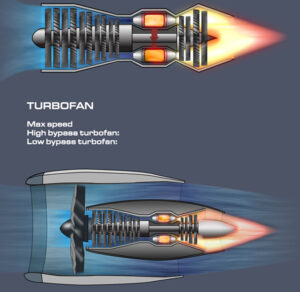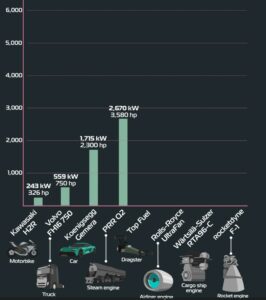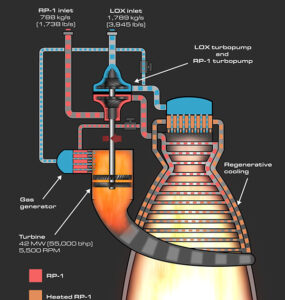The head knock that changed history
In the 17th century, a young Isaac Newton was enjoying the shade of an apple tree when he was suddenly seeing stars. An apple had somehow gone from high in the tree to lying on the ground. But only after it took a detour by his head.
Why did the apple fall? This is the question Newton asked himself and forever changed humanity’s understanding of gravity (the part about being hit in the head is likely an embellishment but makes for a good story).
Through his calcs, Newton found all objects fall to Earth at a constant rate of acceleration when in the absence of air resistance. This constant rate is 9.8 m/s^2, meaning that an object will gain another 9.8m/s of speed for every additional second of freefall.
It is air friction that changes the apparent difference in falling speeds between objects. For example, a flat piece of paper will fall slower than a scrunched up piece of paper, not because it is lighter, but because it catches more air on the way down.
What if Newton lived on another planet?
Gravity is a force that acts between all objects. It’s just that with small objects, the strength of the force is negligible. Only when dealing with an object the size and weight of a planet is gravity significant.
Because the planets of our solar system are all different sizes and weights, their gravitational pulls vary. The rates of acceleration for some of our planetary neighbours are:
Earth (benchmark): 9.8 m/s^2
The Moon: 1.6 m/s^2
Mars: 3.7 m/s^2
Jupiter: 24.8 m/s^2
Pluto: 0.6 m/s^2
So if Newton was on Pluto for his apple incident, he may have barely noticed the impact with the much lower gravitational force. And as a result, he may never have searched for the answers to the universe he is famous for.
On the other hand, an apple falling on Jupiter is probably going to make a mess. Of the apple, and whatever else is on the wrong side of gravity.
Gravity simulation in augmented reality
Want to see what gravity looks like on other planets with their varied gravitational pulls? Then download the augmented reality app for Android, Newton’s Apple: Gravity in AR.
Download link:
https://play.google.com/store/apps/details?id=com.Techsight.NewtonsAppleARGravitySimulation


